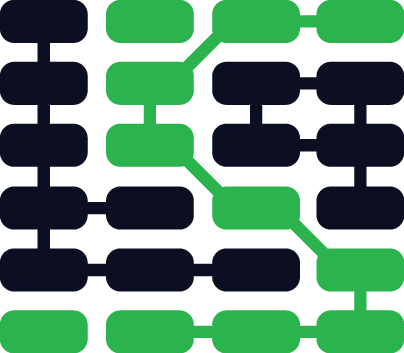API Creation
Creating and exposing APIs allows your web application to interact with other applications through machine-to-machine communication.
API creation frameworks
-
Django REST framework and Tastypie are the two most widely used API frameworks to use with Django. The edge currently goes to Django REST framework based on rough community sentiment.
-
Flask-RESTful and Flask API are popular libraries for exposing APIs from Flask web applications.
-
Restless is a lightweight API framework that aims to be framework agnostic. The general concept is that you can use the same API code for Django, Flask, Bottle, Pyramid or any other WSGI framework with minimal porting effort.
API creation resources
-
NARWHL is a practical API design site for developers confused about what is appropriate for RESTful APIs.
-
This API Design Guide is based on Heroku's best practices for the platform's API.
-
Choosing an API framework for Django by PyDanny contains questions and insight into what makes a good API framework and which one you should currently choose for Django.
-
RESTful web services with Python is an interesting overview of the Python API frameworks space.
-
10 Reasons Why Developers Hate Your API (And what to do about it) goes through the top difficulties and annoyances developers face when working with APIs and how you can avoid your API falling into the same traps.
API creation learning checklist
Pick an API framework appropriate for your web framework. For Django I recommend Django REST framework and for Flask I recommend Flask-RESTful.
Begin by building out a simple use case for the API. Generally the use case will either involve data that users want in a machine-readable format or a backend for alternative clients such as an iOS or Android mobile app.
Add an authentication mechanism through OAuth or a token scheme.
Add rate limiting to the API if data usage volume could be a performance issue. Also add basic metrics so you can determine how often the API is being accessed and whether it is performing properly.
Provide ample documentation and a walkthrough for how the API can be accessed and used.
Figure out other use cases and expand based on what you learned with the initial API use case.
What's next after building an API for your web app?
API Creation
Need more detailed tutorials and walkthroughs than what is presented here? Sign up for an email alert when that content is created.
Matt Makai 先生在社区的协助下设计并编写了这个站点。如果你有Github账号,可以 follow他哦。想跟近这本书的最新状态去Github Star 这个项目吧!

